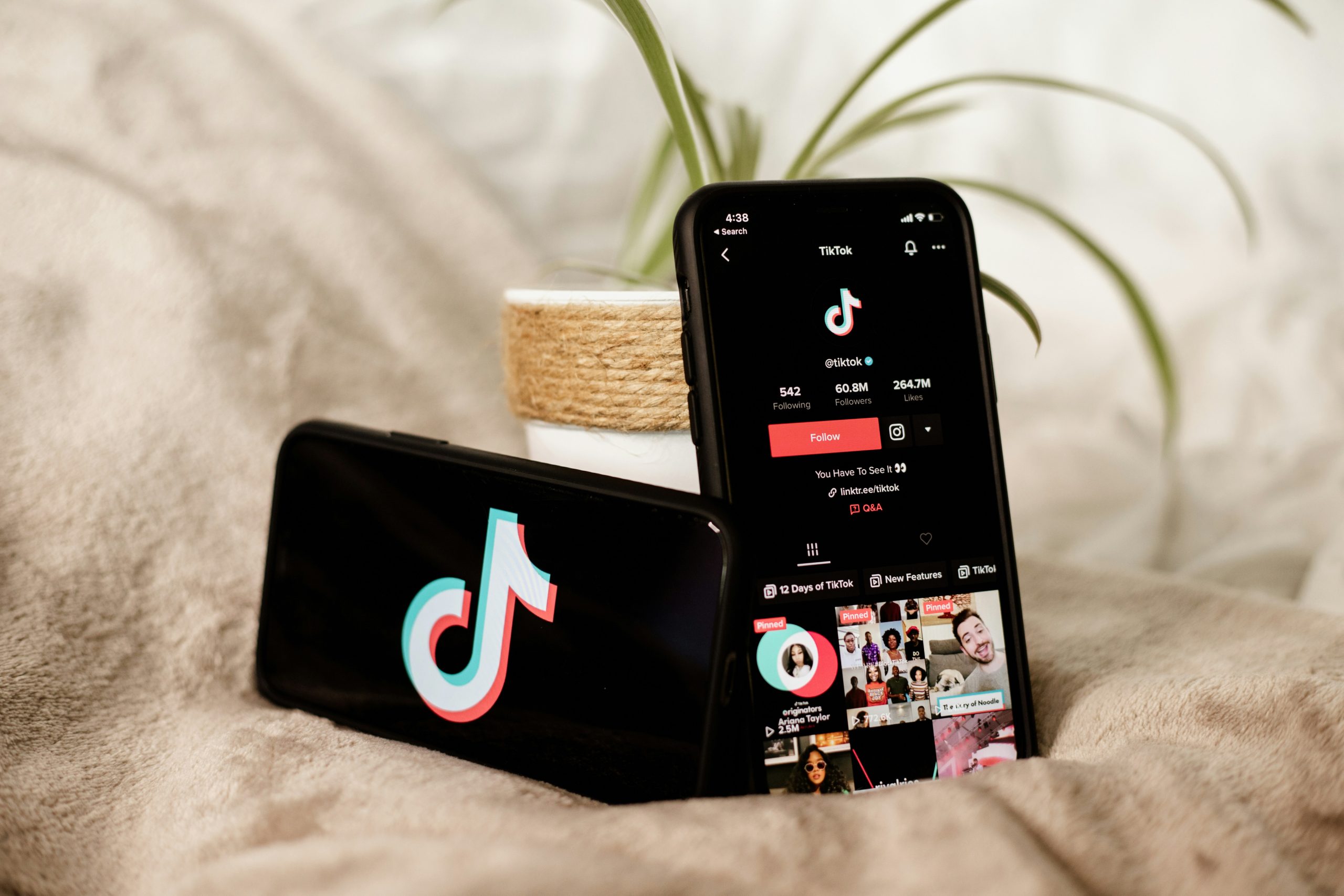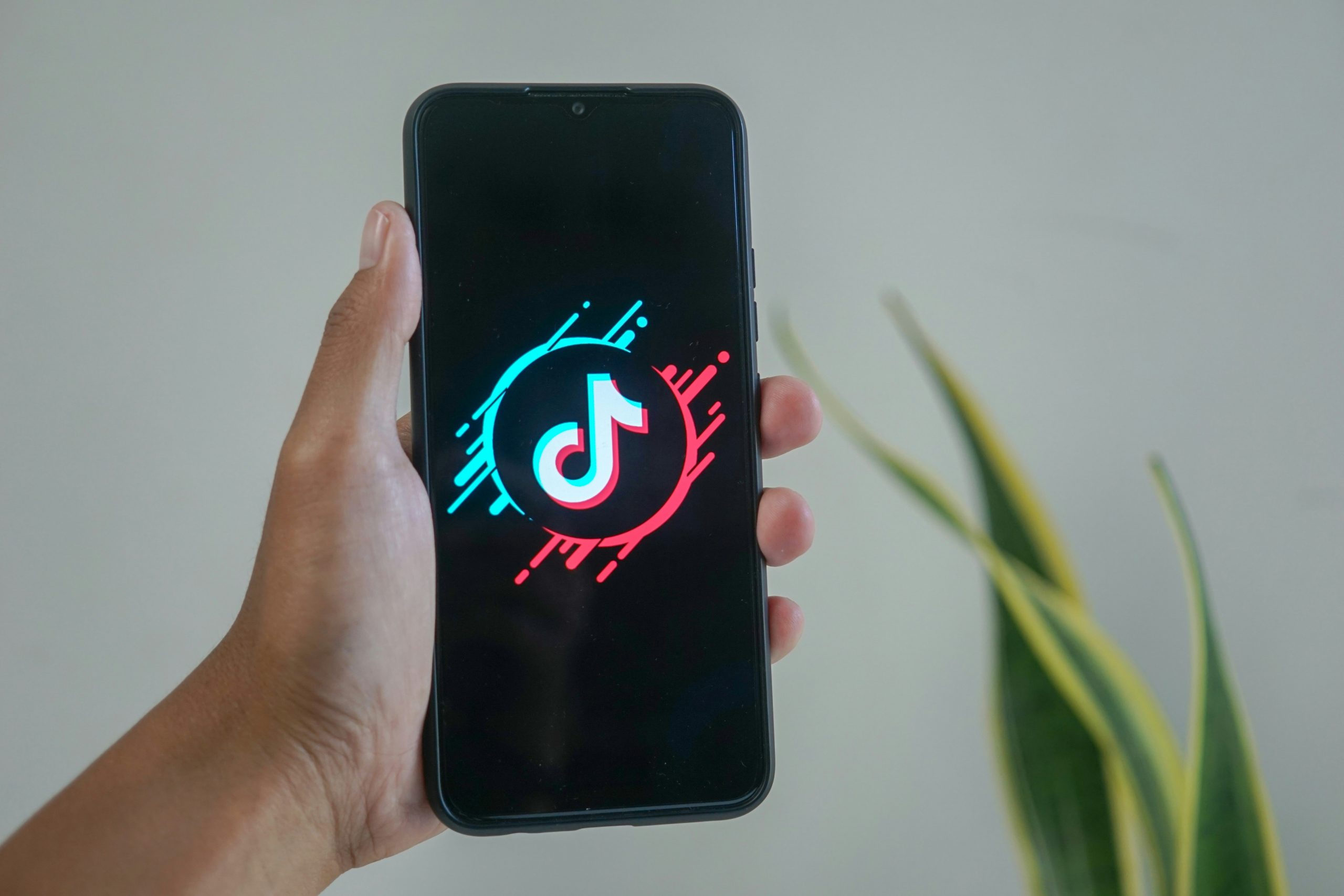
What is TikTok?
TikTok is a social media platform that allows users to create and share short-form videos. It has become a cultural phenomenon, transforming the way people consume and create content. This has led to a surge in the TikTok download numbers across various app stores.
For a clear TikTok definition, it’s important to understand its functions and impact. At its core, TikTok encourages sharing, letting people from all walks of life tell their stories in new and captivating ways. With users from around the world, TikTok is like a crossroads of cultures, bringing together a wide variety of views and experiences. The TikTok meaning becomes evident when you see the diversity and creativity it encourages.
Ultimately, TikTok is a place for sharing knowledge, telling stories, and supporting causes. It makes content creation accessible to everyone, giving everyone, from amateurs to celebrities, an equal shot at going viral.
Therefore, TikTok has become a major influence in changing the way we view and interact with online content, starting a new phase in social media’s development.
Techopedia Explains the TikTok Meaning
The TikTok definition has a lot to do with its broader cultural significance. TikTok goes beyond what we usually expect from social media, blending technology, culture, and personal expression in a unique way. This platform highlights how tech can bring people together from all over the world through their creativity, which is central to the TikTok meaning. TikTok is more than just an app; it’s a new way for people to connect, using short videos that everyone can engage with.
TikTok is known for its advanced algorithm and user-friendly design, making it easy for users to find videos that they really like. This kind of innovation not only makes the app more enjoyable to use but also helps share a wide range of stories and perspectives, enriching conversations worldwide.
The way TikTok has shaped digital culture, influencing other social networks and media, adds new layers to the TikTok meaning. It shows the impact technology can have on the way we communicate and connect with each other. TikTok has opened up content creation to everyone, changing the traditional ideas of who can be famous or influential. It proves that anyone has the chance to make a big impact.
History of TikTok
TikTok started in China in 2016 as “Douyin” and became TikTok for the rest of the world in 2018. This rebranding happened after it bought another app called Musical.ly, which already had a lot of users in the West. Since then, TikTok has become incredibly popular, with over 1 billion users worldwide.
TikTok’s growth across the globe was significantly supported by its efforts to adapt to the varied cultures and communities it reached. By focusing on what’s popular and relevant in each region, TikTok was able to appeal to a wide range of users everywhere. This approach, combined with the app’s easy-to-use interface, made TikTok a space where anyone can be creative without limitations.
As TikTok became more popular, it started to set trends and became a place where new talents could be found. Its effect on culture and the entertainment world is huge, with many TikTok users finding fame beyond the app.
This change from a simple platform for sharing videos to a key player in global culture highlights TikTok’s growth and its ongoing impact on how we share and create content online.
Why TikTok is So Popular?
Several factors have helped TikTok grow so fast:
- Its algorithm, based on machine learning (ML) and natural language generation (NLG), shows people videos they’ll likely enjoy, making it easy for anyone to find interesting content.
- The app makes it simple to share videos and connect with others, which keeps people coming back.
- TikTok has been agile at adapting to and fitting in with different cultures and regulations around the world.
- TikTok has expanded its focus. It’s not just about music and dance anymore. People use it for all sorts of things, from educational content to social activism.
These insights contribute to the TikTok definition, explaining its rapid increase in popularity.

Creating a Compelling Customer Experience
Brands strive to meet customer expectations by optimizing their customer journeys, but these efforts cannot produce the desired results if they are driven by what gets customers to click and convert rather than what drives longer-term satisfaction, loyalty and retention.
Here’s how they can get there.
How Does TikTok Work?
TikTok is an easy-to-use app where people can make and watch short videos.
The process begins with a simple TikTok download, which provides access to the app. When you open the app, the first thing you see is the “For You” page. This page shows you videos that the app thinks you’ll like.
You can also switch to a “Following” page to see videos from people you follow. There’s also a “Discover” tab where you can search for specific content, hashtags, or creators.
The real magic behind TikTok, however, lies in its sophisticated algorithm – which has been the key driver in TikTok download figures. Unlike other social media, where you mostly see posts from people you follow, TikTok uses a special formula to decide what to show you. This formula looks at things like user interactions (likes, shares, comments), video information (hashtags, captions), and device/account information.
The app learns what you like over time and gets better at showing you videos you’ll enjoy.
This mix of a simple design and powerful algorithm has changed the way we find new content online. It’s made it easier for unknown creators to go viral and gain a massive following overnight.
This is what sets TikTok apart in a world full of social media apps.
Who Uses TikTok
As of January 2024, here’s a simple breakdown of who’s using TikTok worldwide:
- Young Adults (18-24 years old)
- Females: 18.1% of TikTok users
- Males: 18.6% of TikTok users
- Adults (25-34 years old)
- Females: 15% of TikTok users
- Males: 17.6% of TikTok users
- Midlife Adults (35-44 years old)
- Females: 7.5% of TikTok users
- Males: 8.5% of TikTok users
- Mature Adults (45-54 years old)
- Females: 4.1% of TikTok users
- Males: 4.2% of TikTok users
- Senior Adults (55 years and over)
- Females: 3.3% of TikTok users
- Males: 3% of TikTok users
So, TikTok is popular among young adults, with similar numbers of men and women using the platform.
When it comes to countries with the largest TikTok audiences, here are the top 5 as of January 2024:
- US: 148.9 million TikTok users
- Indonesia: 126.8 millio
- Brazil: 98.6 million
- Mexico: 74.2 million
- Vietnam: 67.7 million

Key Features of TikTok
TikTok has become incredibly popular worldwide, thanks to its unique mix of features designed to spark creativity among its users. Understanding the key features is essential to the TikTok definition, as they highlight what sets the platform apart.
Here are some of the main features that make TikTok stand out:
These features together make TikTok a lively and engaging platform where users around the world share their creativity.
TikTok and Business
TikTok is becoming a key platform for businesses aiming to reach out and connect with audiences in a genuine way. Its style of marketing is fresh and engaging, especially appealing to the younger crowd who favor realness over overly polished commercials. Here’s what makes TikTok an attractive channel for businesses:
Brands on TikTok are creating interactive campaigns that get users involved through fun challenges and trending hashtags. This encourages users to be part of the brand’s story, creating a shared community.
TikTok’s algorithm is great at making content go viral. This means that businesses can get a lot of attention quickly if their content clicks with viewers.
TikTok is all about quick, engaging clips that capture attention instantly. Companies keep users hooked by delivering these snackable videos that are hard to scroll past.
Teaming up with popular TikTok users, or influencers, can be very effective. These partnerships can help businesses reach more people and add a level of trust to what they’re selling.
TikTok provides useful data and analytics that help businesses understand what works. They can see how their ads perform, make changes, and make sure their content really speaks to their audience.

In short, TikTok offers businesses the chance to be creative and connect with their customers in a way that’s both fun and authentic.
TikTok Content Examples
TikTok is more than just short videos; it’s a whole world of entertainment and learning. From funny skits to dance-offs to helpful tips, the app offers a wide range of content.
It’s also home to some big-name creators who have turned their TikTok fame into real-world success.
Let’s dive into the types of content and creators that make TikTok a hit.
Popular Types of Content
- These are short, funny videos that often use trending sounds or memes.
- They have to get to the punchline fast, making TikTok’s quick format perfect for comedy.
- These are choreographed routines set to specific songs or sounds.
- They often go viral and make their way into mainstream media since lots of people try to do them.
- Also known as “EduTok,” these videos teach you something new in a quick and fun way.
- You can watch anything from quick science experiments to language lessons to cooking tips.
Notable TikTok Creators
TikTok is not just about the types of videos you can watch; it’s also about the people who make them. Some creators have become super popular and have even turned their TikTok fame into a full-time job.
Here are a few who stand out.
- Charli D’Amelio: Known as the “queen of TikTok,” Charli gained fame for her dance videos. She’s one of the most-followed people on TikTok and has even appeared on TV shows.
- Addison Rae: Another dance sensation, Addison has used her TikTok fame to launch a music career. She’s also known for her friendship with the Kardashians.
- Spencer X: He’s a beatboxer who makes music using just his voice. Spencer X has collaborated with big names in music and has a huge following.
- Dr. Julie Smith: She’s a psychologist who shares mental health tips. Dr. Julie has become a go-to source for people looking for advice on stress, anxiety, and more.
TikTok Use Cases
TikTok is more than just a platform for entertainment; it’s also a powerful tool for various purposes. From building a personal brand to marketing a business and even advocating for social causes, TikTok offers a unique way to get your message across.
Here’s how.
Personal Branding
For individuals looking to make a name for themselves, TikTok is a goldmine. Whether you’re a musician, a chef, or a fitness guru, the app allows you to showcase your skills and connect with an audience that shares your interests.
The short video format forces you to get creative and make an immediate impact, helping you stand out in a crowded social media landscape.
Business and Marketing
Companies are quickly realizing the marketing potential of TikTok. The app’s algorithm makes it easier for content to go viral, providing businesses a chance to reach a much larger audience without spending a fortune on advertising.
From product releases to behind-the-scenes looks, businesses are using TikTok in a variety of ways to connect with potential customers.
Social Causes
TikTok has also become a platform for activism and raising awareness on important issues. Known as “cause marketing,” users and organizations create content to spread the word about causes they care about, from climate change to social justice.
The app’s wide reach ensures that these messages get seen by a diverse and global audience, making it a powerful tool for change.
Limitations and Controversies
While TikTok has soared in popularity and utility, it’s not without its share of challenges and controversies. From data privacy worries to regulatory hurdles, the platform has faced scrutiny on multiple fronts. Here’s a closer look.
- Data Privacy Concerns
One of the biggest issues with TikTok is the concern over user data privacy. The app collects a wide range of data, from user location to the type of device being used. This has raised red flags, especially given that TikTok’s parent company, ByteDance, is based in China.
Critics worry about how this data might be used and whether it could end up in the hands of the Chinese government.
- Regulatory Issues
TikTok has also run into problems with governments around the world. Some countries, like India, have gone as far as banning the app due to concerns over data privacy and national security. In the United States, the platform has been under investigation for potentially violating children’s privacy laws.
These regulatory challenges pose a significant risk to TikTok’s global operations and could limit its growth in certain markets.
These issues have led to a call for stricter regulations and oversight of the platform. Some are pushing for clearer data privacy policies, while others are advocating for age restrictions to protect younger users. TikTok itself has taken steps to address these concerns, such as implementing stronger data encryption and hosting data in different countries, but questions still remain.

Future of TikTok
TikTok isn’t just another social media app; it’s a game-changer that’s reshaping the online landscape. Its rapid rise has forced other platforms to adapt and has set new trends that could define the future of social media.
Impact on Other Platforms
TikTok’s unique features, like short-form videos and a powerful recommendation algorithm, have made other social media giants take notice. Platforms like Instagram and YouTube have introduced similar features, such as Instagram Reels and YouTube Shorts, in an attempt to capture some of TikTok’s magic.
The focus is shifting towards more interactive and easily digestible content, changing the way we consume social media.
Trends and Predictions
As for what’s next, TikTok is likely to continue setting trends. One prediction is the rise of “micro-entertainment,” where content is not just short but also highly engaging and interactive. Another trend could be the blending of e-commerce and social media, which has already started happening via the TikTok and Instagram Shops.
Additionally, we can expect to see more focus on user-generated content as a marketing tool, given TikTok’s success in turning everyday users into viral sensations.
The Bottom Line
TikTok is more than just a popular app; it’s changing the way we use social media. From funny videos and dances to business marketing and social activism, TikTok offers something for everyone.
But it’s not all smooth sailing. The app has faced some serious questions about how it handles user data and follows regulations.
Despite these challenges, TikTok’s influence is hard to ignore. It’s making other social media platforms step up their game and could be setting the stage for what we’ll see online in the future.
In short, TikTok is a major player, and it’s likely to keep making waves in the world of social media. As TikTok continues to shape the social media landscape, the TikTok download figures highlight its growing influence and popularity.

FAQs
Source: Techopedia

